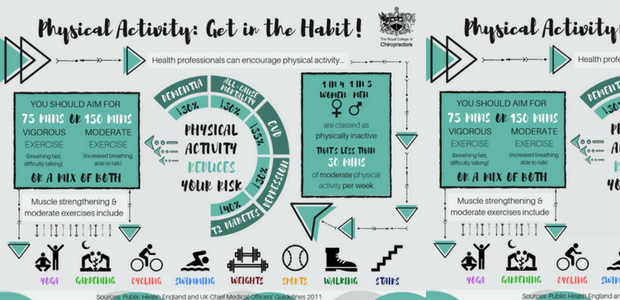What Devices Permit Cold Laser Treatment To Use Light For Advanced Healing, And What Future Advancements Can We Expect Hurting Monitoring?
What Devices Permit Cold Laser Treatment To Use Light For Advanced Healing, And What Future Advancements Can We Expect Hurting Monitoring?
Blog Article
Material Composed By-Strickland Lynge
When thinking about alternate therapies, cold laser treatment stands out due to its special approach to recovery. By making use of specific wavelengths of light, it targets cellular functions and advertises recovery in a non-invasive fashion. official source improves ATP manufacturing but also help in decreasing inflammation and pain. As study remains to unravel, the effects for rehab and pain administration could be substantial. What does this mean for future therapy choices?
The Systems of Cold Laser Treatment
Cold laser treatment, additionally called low-level laser treatment (LLLT), works by stimulating cellular function through the application of particular wavelengths of light.
When the laser light permeates your skin, it interacts with the mitochondria in your cells, enhancing ATP production. https://www.medicaldaily.com/do-laser-caps-really-work-hair-growth-459279 in ATP invigorates your cells, advertising recovery and regeneration.
The light also influences cell membranes, improving their leaks in the structure and assisting in vitamins and mineral absorption while removing contaminants. In addition, cold laser therapy sets off the launch of endorphins and minimizes inflammation, assisting your body respond more effectively to injury.
You'll experience improved blood flow as the therapy promotes capillary development, making certain that oxygen and nutrients reach broken cells much more successfully.
Recognizing these mechanisms can assist you value its potential in promoting recuperation.
Possible Benefits of Cold Laser Treatment
When taking into consideration choices for discomfort relief and recovery, you might locate cold laser treatment to be an enticing choice. This non-invasive strategy can help in reducing swelling, alleviate pain, and promote cells repair service.
Many people report quicker recovery times from injuries and surgical treatments after undertaking cold laser therapy. It's specifically beneficial for conditions like arthritis, tendonitis, and muscular tissue strains.
You might also appreciate that it has minimal adverse effects contrasted to pharmaceuticals. Furthermore, cold laser treatment can boost blood circulation, which assists in providing nutrients and oxygen to harmed areas.
Current Research Study and Medical Applications
As rate of interest in cold laser treatment expands, scientists are discovering its various applications and efficiency in professional settings. You'll locate research studies exploring its function suffering monitoring, wound recovery, and decreasing inflammation.
In physical treatment, specialists use cold laser therapy to boost recovery in sports injuries, while dental professionals are discovering it helpful for treating oral discomfort and gum tissue problems. Continuous trials are assessing its possibility in dealing with problems like arthritis and neuropathy.
https://back-pain99888.mdkblog.com/40199674/commonly-not-provided-the-focus-it-deserves-cold-laser-therapy-can-properly-manage-numerous-health-issues-reveal-5-conditions-that-could-see-enhancement-with-this-cutting-edge-treatment intend to establish standard methods and does, guaranteeing security and effectiveness. As even more proof arises, you may see cold laser treatment coming to be a staple in both recovery and discomfort management, offering patients a non-invasive alternative that complements traditional treatments.
Conclusion
In conclusion, cold laser therapy supplies a promising approach to recovery by using particular wavelengths of light to improve cellular functions and promote healing. With advantages like improved blood flow, reduced swelling, and pain relief, it's coming to be an important alternative for numerous problems. As study remains to develop standardized protocols, you can expect higher acceptance of this non-invasive therapy in recovery techniques and discomfort monitoring methods, making it a prospective game-changer for several people.
